Of Magpie Nests and "Man's Pitiful Confusions"
Magpie nests constructed, ironically, with anti-bird spikes
(Listen to the radio version here.)
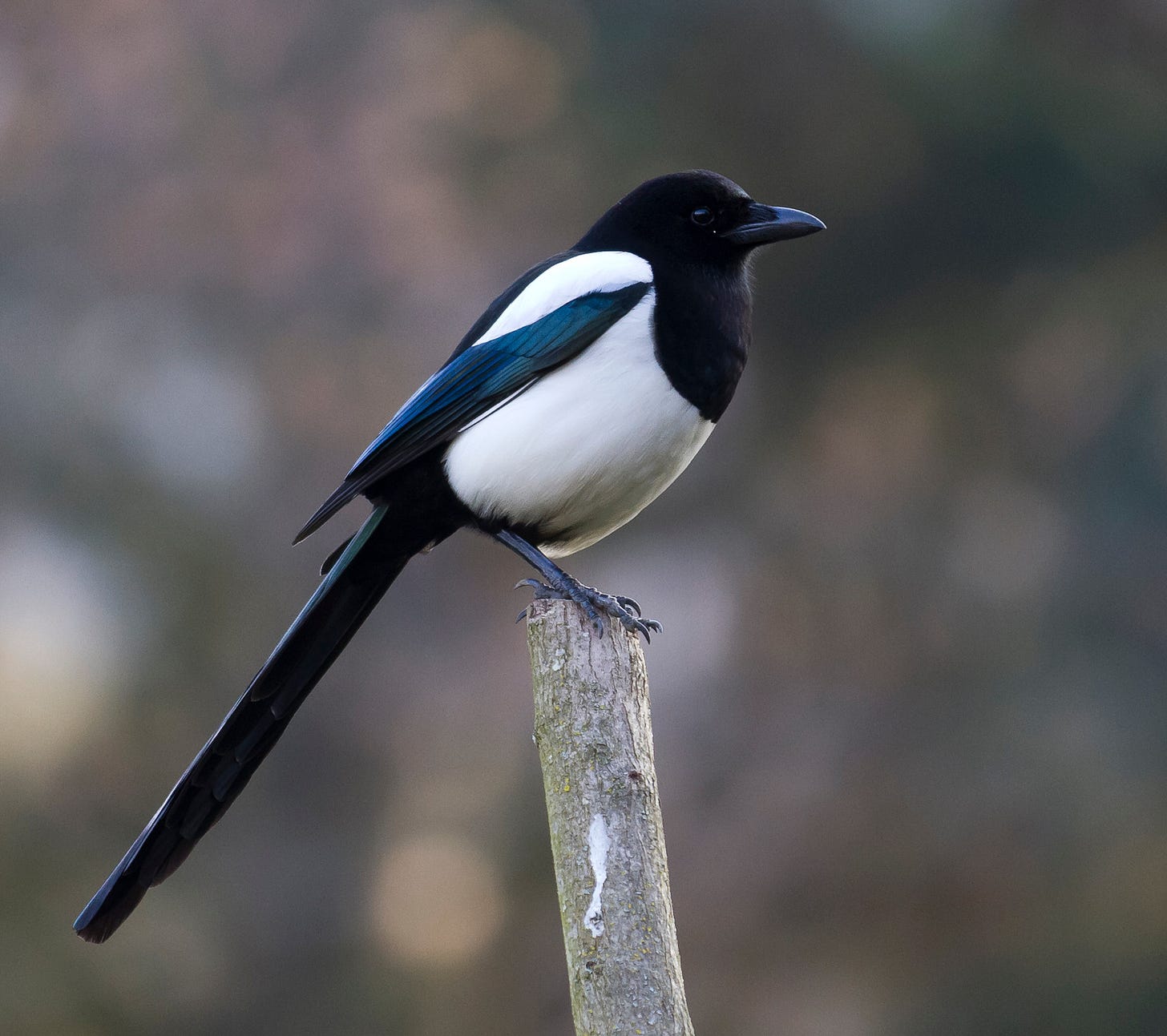
My summer routine is to wake up between 4 and 5 am and drink my coffee on the front porch, listening to birds as I puzzle through the day’s Wordle; then I head to my computer. As the morning light grows, I peek out the window at birds while checking my email.
Most of it is spam—lately I’ve been getting offers every day from dubious entities offering to use AI to convert my blogposts to a podcast, and from other dubious entities offering to use AI to convert my podcast to blogposts. (Some people now refer to that kind of so-called artificial intelligence as what it really is, plagiarism software.) Gmail sends half of these offers directly into my spam folder, but unfortunately, I have to check that every day because when readers and listeners write to me, Gmail virtually always shoots their emails into spam, too. And my spam folder is where I often find the one newsletter I look forward to reading every weekday morning.
Walt Hickey used to compile news tidbits from around the world into a fun, fascinating, well-researched column for fivethirtyeight.com. He now publishes Numlock News independently via Substack. Nobody but Walt Hickey would write about next week’s opening of two movies, Barbie and Oppenheimer, “That fascinating double feature — each about a character who had a lot to do with the eventual notoriety of Bikini.”
One Numlock tidbit that grabbed me last Wednesday was about a paper published in Deinsea, the online journal of the Natural History Museum Rotterdam, by researchers at two Dutch natural history museums—Naturalis Biodiversity Center and the Natural History Museum Rotterdam.
The story begins with a patient at an Antwerp hospital noticing a Eurasian Magpie nest in the hospital courtyard. The huge nest was made with 1,500 anti-bird spikes—those sharp metal pins set in strips along roofs, eaves, and other building structures, installed to repel gulls and other birds from alighting on the building. Intriguingly, the magpies pointed the anti-bird pins outward, making the nest “an impregnable fortress,” as biologist Auke-Florian Hiemstra, lead author of the paper, put it, “because the magpies appear to be using the pins exactly the same way we do: to keep other birds away from their nest.” This use is doubly ironic, iron being the main component of the stainless-steel spikes.
Magpie nests are roofed, which makes the eggs and chicks less exposed to both the elements and predators. In wild areas, the birds typically use thorny plants, pointed outward to defend against invaders. In urban areas where natural plants are harder to come by, some magpies found something just as threatening and even more durable.
Museum researchers also found the nest of a Carrion Crow (a close relative of our American Crow) constructed with those bird spikes.
The abstract of the full paper, “Bird nests made from anti-bird spikes,” begins:
The use of man-made, even sharp materials for nest building in birds is well known. The first report of a crow’s nest made of barbed wire dates back to 1933, and recent (news) reports document the use of nails, screws, and drug users’ syringes in avian architecture. Here we report the first well-documented study on nests of carrion crow Corvus corone and Eurasian magpie Pica pica that almost entirely consist of material that is meant to deter birds: anti-bird spikes. Carrion crows in Rotterdam (The Netherlands) and Eurasian magpies in Enschede (The Netherlands), Antwerp (Belgium), and Glasgow (Scotland) tear entire strips with sharp metal pins off buildings and use them as nesting material.
The story instantly called to my mind a brilliant story by Robert Chilson in the December 1970 issue of Analog: Science Fiction & Fact. “Ecological Niche” is about a city of the future designed to exclude all wildlife. The preface says, “The Designers forgot to design an ecology into their city—but that was all right. They got it anyway!”
The story prominently features whip-poor-wills, Great Horned and Barred Owls, and House Sparrows working their way into the city. Kelly Freas illustrated it with three charming black-and-white sketches. The first shows a mouse or rat sitting on a pipe-wrench gazing at the futuristic city from afar. Second is a long line of ants, each taking a drop out of a caulking gun.
The third shows a mouse or rat running with and unspooling a long length of computer tape—apparently in 1970, science fiction writers and artists weren’t yet envisioning more compact, durable digital media.
What most captured my heart and embedded itself in my memory was the full-color cover illustration, depicting two of those little rodents on an electrical panel peeking at a Blue Jay (a corvid just like those anti-bird-spike-using magpies and crows) sitting on her nest, constructed of electrical resistors and wires and lined with what looks like fiberglass insulation.
(I can’t find the full story online. Fortunately, Russ has a pretty complete Analog magazine collection.)
It’s funny how shocked we are to learn of birds and other wildlife using human inventions yet we never remember that everything we construct is made from items we take from their world. Even that most quintessentially synthetic material, plastic, is made from petroleum extracted from the natural world. We think anti-bird spikes, owl decoys, and other devices will keep birds away, but birds have a way of working their way in anyway. Where else are they to go? What else are they to use?
The first poem in Robinson Jeffers’s beautiful poetry collection “Not Man Apart” (1964-1965, Sierra Club/Ballantine) includes the lines,
…Integrity is wholeness,
the greatest beauty is
Organic wholeness, the wholeness of life and things, the divine beauty
of the universe. Love that, not man
Apart from that, or else you will share man's pitiful confusions,
or drown in despair when his days darken.
Yes, we’re not man apart, and anti-bird technology really doesn’t exclude them in the long run. When I say we’re all in this together, yes, I mean all of us.
This story has been picked up by lots of news media, but I think Walt Hickey had it first (“Mocking Birds” in the July 12 Numlock News.)
You can read more about it in the Naturalis Biodiversity Center’s press release.
NPR’s Weekend Edition produced a story about this with an interview of Auke-Florian Hiemstra.
You can also read about it in this Smithsonian Magazine article.




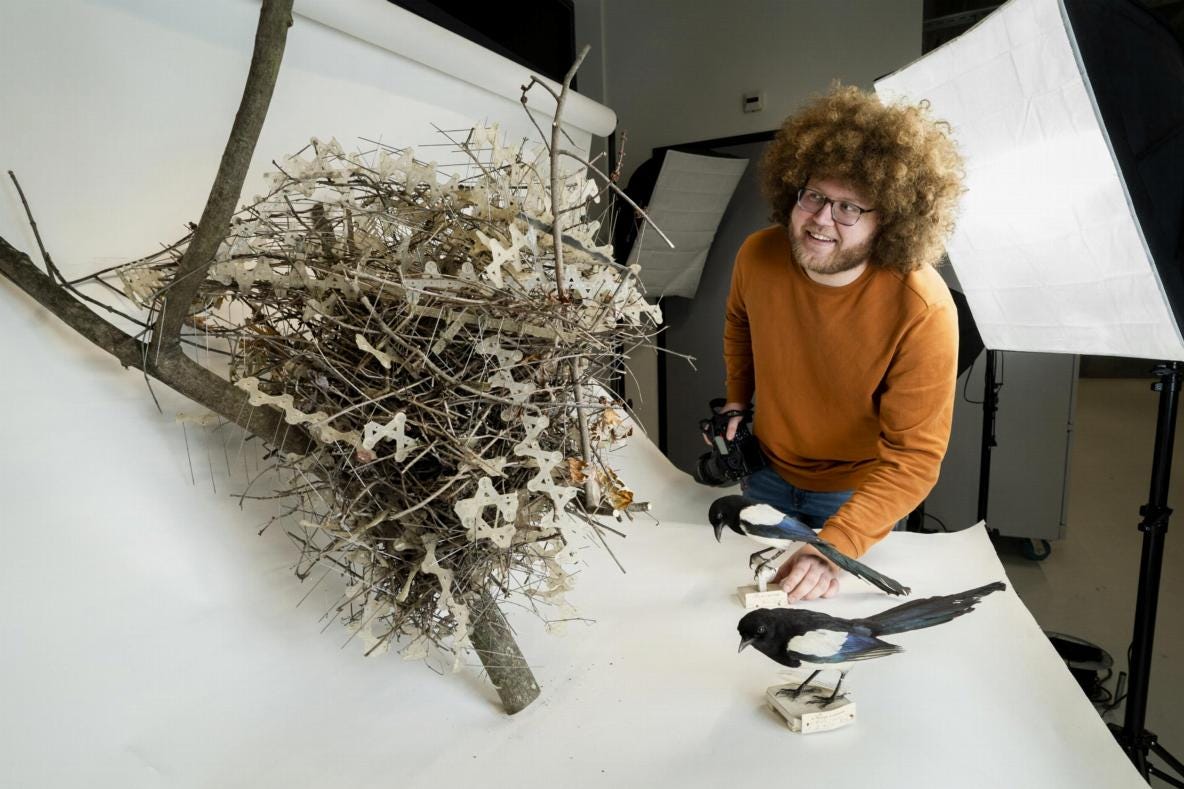
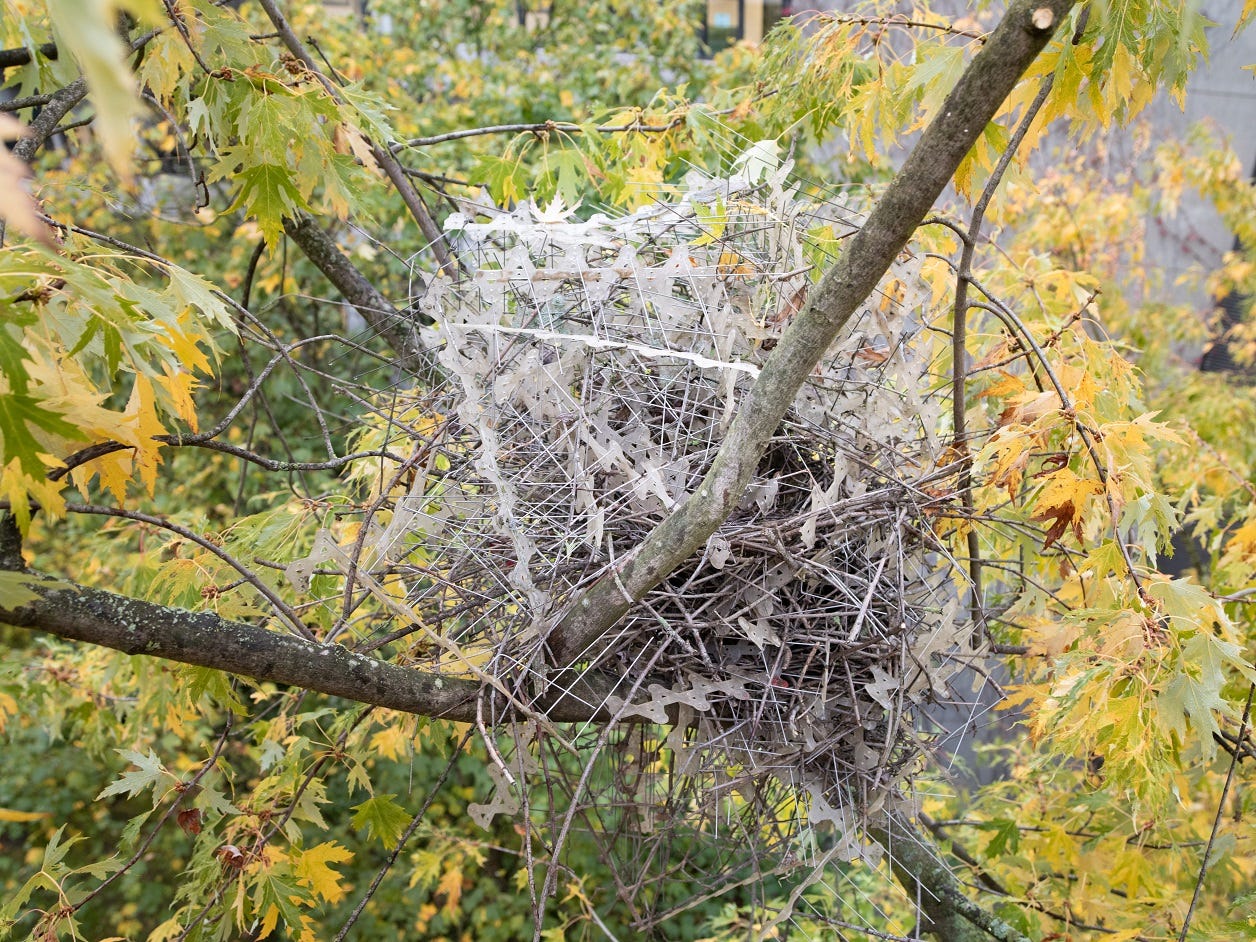
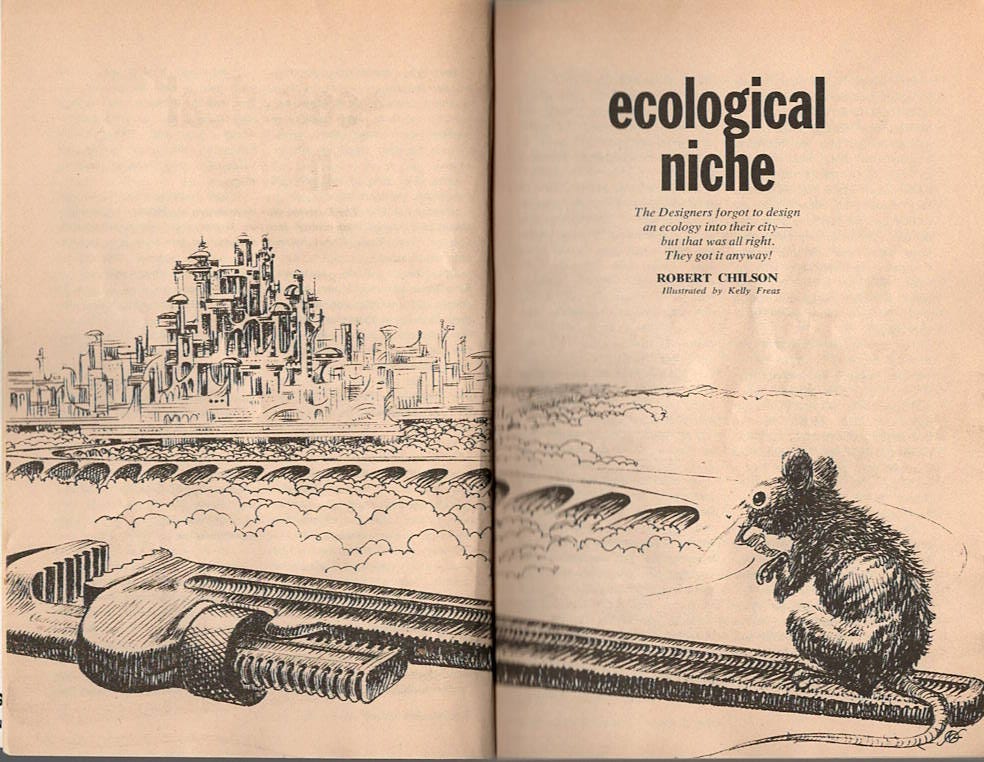

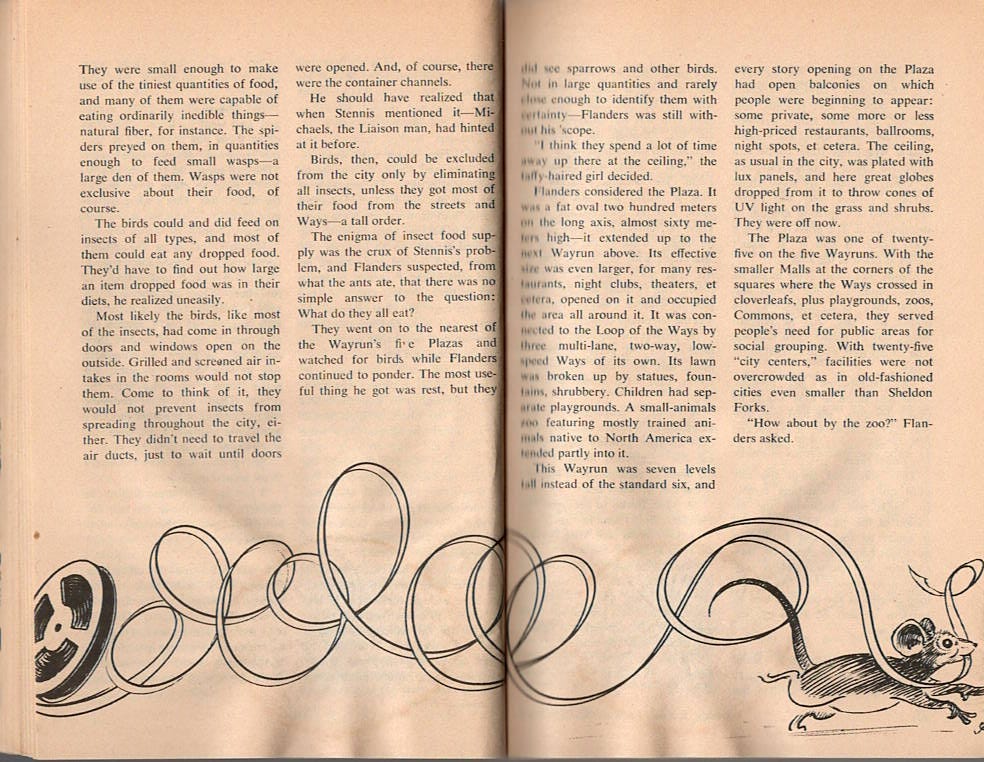
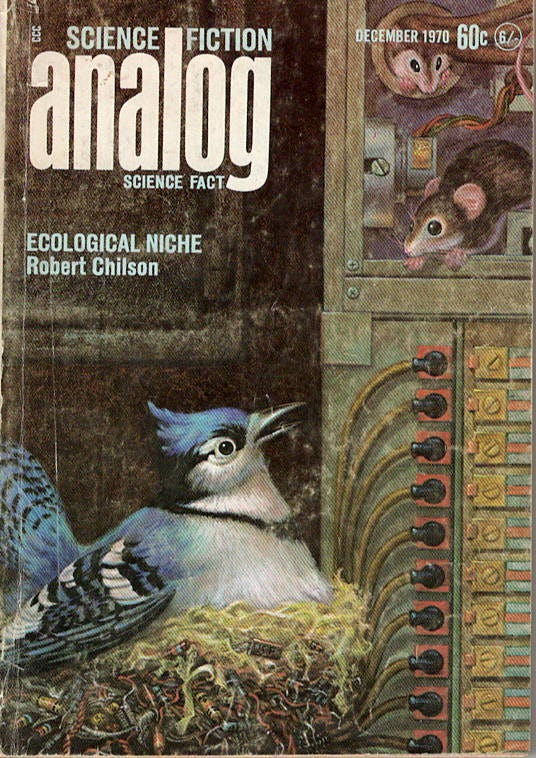
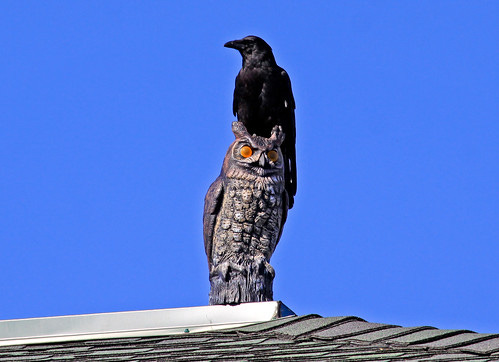
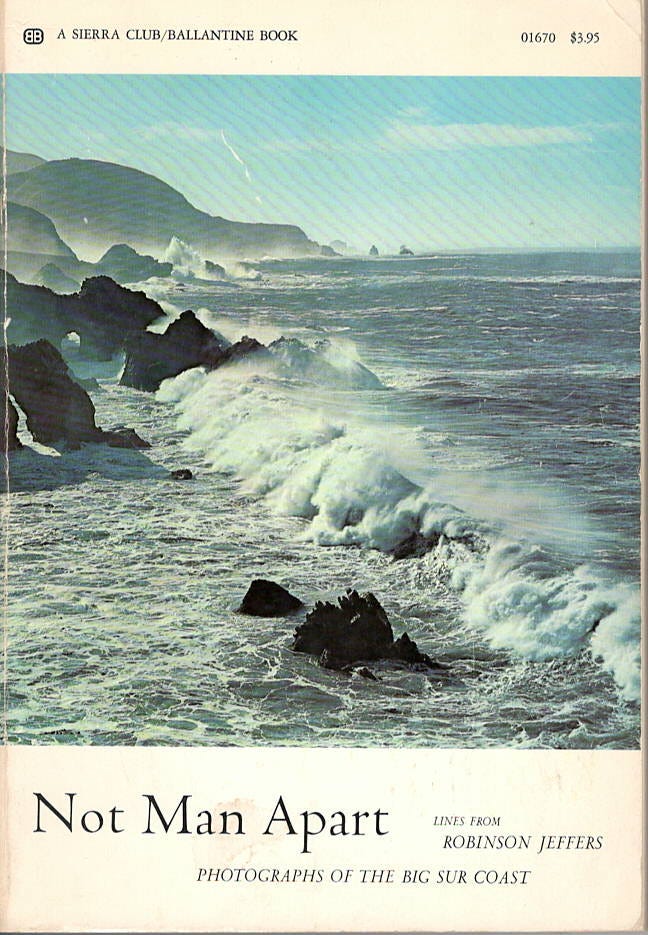
It leaves me wondering how the magpies detached the bird spikes from where they were supposed to be. It also reminds me of the time when a pair of Baltimore Orioles deconstructed a woven plastic tarp that we had in the yard and rewove it into their beautiful hanging nest in an adjacent aspen tree. Very creative.